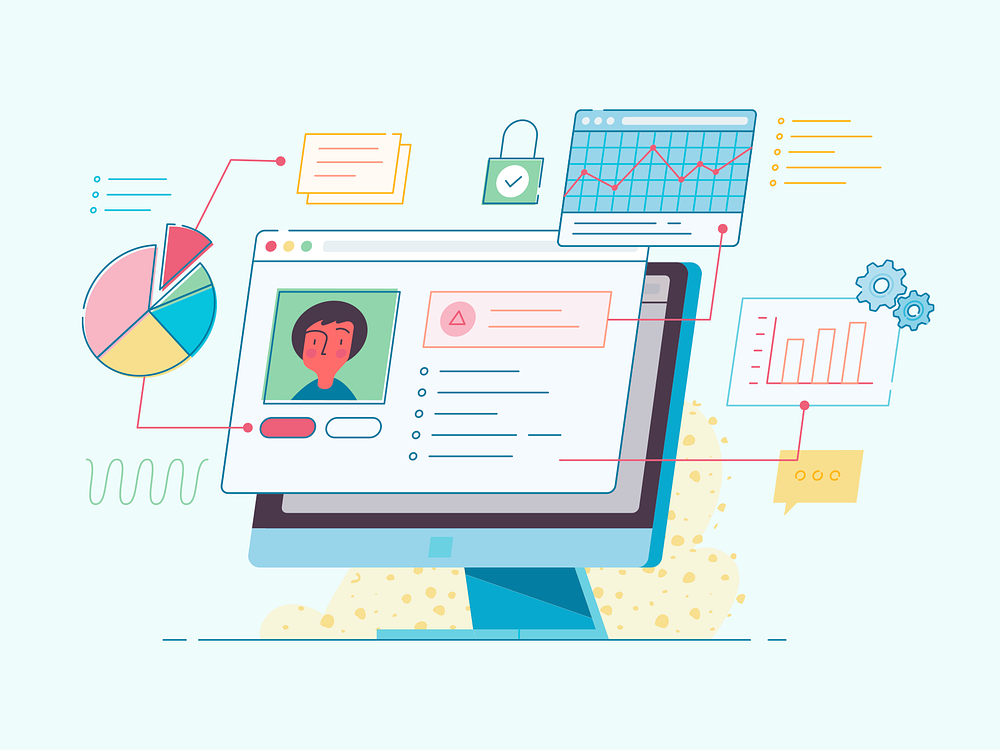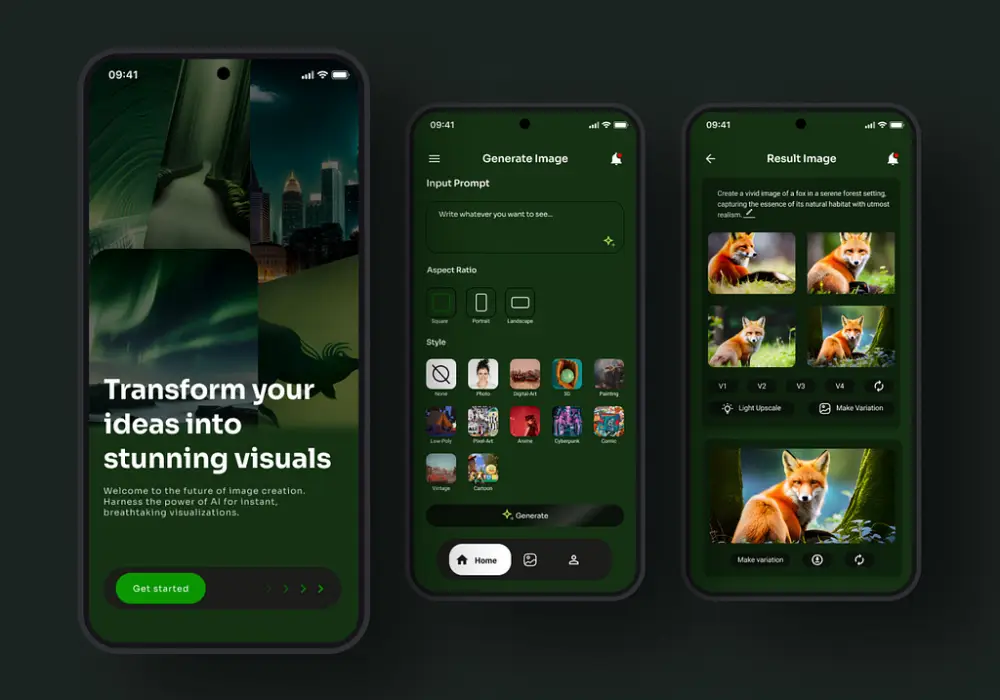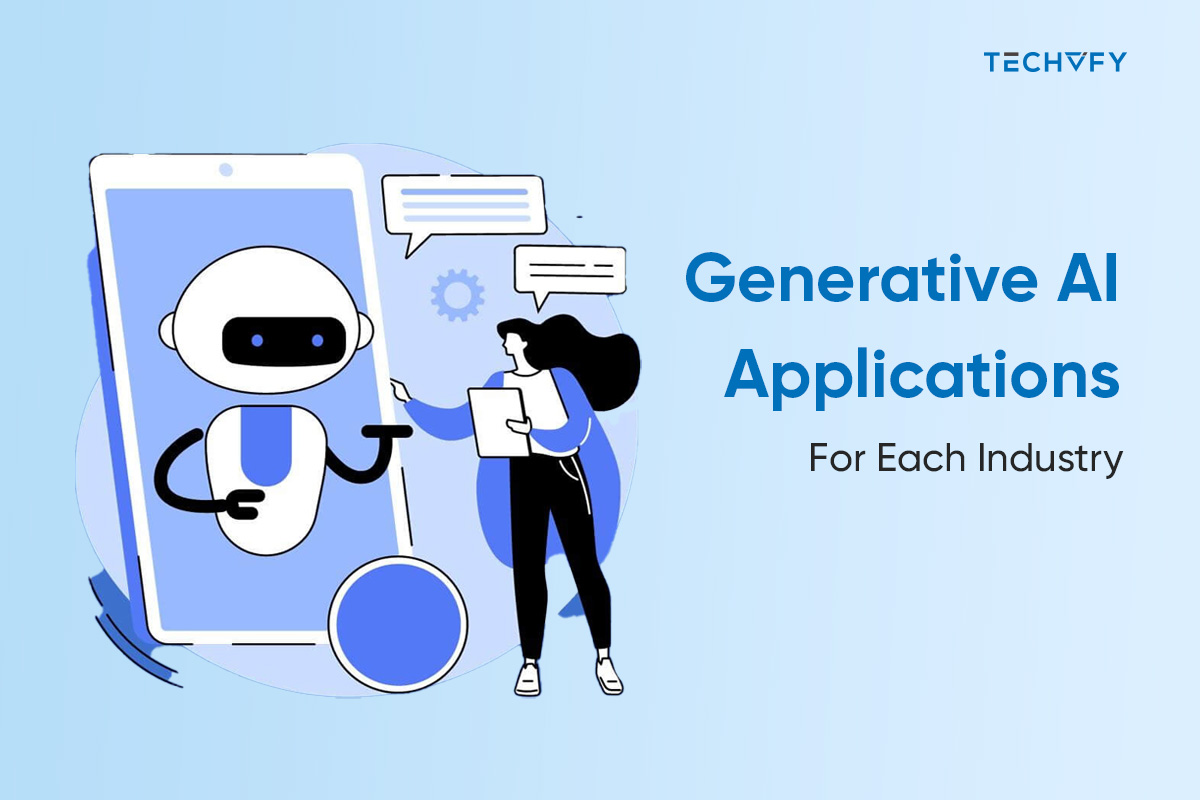Top 7 Magento Development Best Practices


Magento is a platform built on open-source technology and written in PHP, which helps developers create E-Commerce websites. Magento development is well-known for its flexibility in meeting various customers’ demands.
However, so many different pieces are involved, so it’s important to have a set of procedures in place to keep the codebase nice and tidy. Implementing a formal process, known as Magento development best practices, to standardize repeatable tasks helps ensure the reliability of your store, speed up the code preview process, and prevent unwieldy situations from occurring in the first place.

The first Magento development best practice is coding standards. Magento Coding Standard is the official coding standard built for and recommended by Magento. Make sure that your Magento coding standards are based on Zend coding standards, PSR1, PSR2, and PSR4. Following these standard conventions gives your code a professional look while making it tidier and easier to read.
Edit core files can break the default Magento application’s behavior and lead to many vulnerabilities, so guarantee that you always follow coding standards. Because your project or task requires a fast turnaround, all the developers usually lose focus on adhering to standards. By skipping the standards, you may get quick results, but your work will lack quality, and progress will stall quickly.
Another great reason to follow the Magento development best practices of Coding Standard is that by following these guidelines, your code has a much higher rate of quality and compatibility with the extended Magento ecosystem. Magento Coding Standard is used for automated reviews for Magento Marketplace modules. It also utilizes the compatibility with Magento instances running on the Magento Cloud.
Learn more:
Magento consists of the core code and optional components that can enhance or replace the core code. So, if you need to change the way that Magento development works, Magento’s architecture allows improvements by letting you develop your own components, like creating a module or a separate theme. By developing a new module, you can test your changes on different installations, disable the functionality if a problem arises, and reinstall the functionality when you upgrade your platform.
While developing any module, one of Magento’s development best practices is to ensure is that proper naming conventions are being followed and case. Maintaining consistency while naming conventions for files, folders, methods, and classes is a must in developing a new module from scratch. If you got lost in creating additional coding, then look at the Magento source code. Magento code is often a source of inspiration when you are approaching something new.
Reducing the redundant code is the most basic and most effective among Magento development best practices for increasing the performance of any code. Instead of using the same code in multiple places, create a single class or method, reference it when required, and make sure to reuse code as much as possible.
Another key consideration here is to write generic code in Magento development. The code you write should be small, focused, and should provide a generic solution. This will let you re-use these pieces again in future development.
Observers are dynamically injected into the execution flow, making it capable of modifying the behavior of a Magento application. Poorly designed and coded observers can cause issues, instabilities, or otherwise break the application.

Try to keep your observer small and efficient by avoiding complex computations as much as possible. The following tips can ensure that the observer in your Magento application will run seamlessly:
Instead of duplicating extensive page layouts or configuration codes and then modifying what you want to change, Magento development’s best practice is creating an extending layout file containing the changes you want.
If the number of customizations is large, you cannot customize the layout by extending the existing ones. In this case, Magento development’s best practice is to use the overriding function for the needed layout file. This means that the new file that you place in the theme will be used instead of the parent theme layout file of the base layout file.
Forgetting to clear or disable caching can be very troublesome to your Magento development process. It is recommended to clear your cache before doing visual checks for your theme to make sure the content displayed is correct.
While you’re developing Magento components (modules, themes, and language packages), your rapidly changing environment requires you to clear certain directories and caches periodically. Otherwise, your code runs with exceptions and won’t function properly.

In conclusion, those are Magento development best practices that should be followed to ensure optimized code for your Magento E-Commerce website. If you have a project in mind or some additional questions about Magento extension or Magento development, leave your contact below, and we will contact you shortly with appropriate technology solutions for your business. TECHVIFY is fully qualified in consulting and offering you the best Magento development service.


Table of Contents#1: Coding Standards #2: Module Development #3: Reuse Code #4: Utilize Your Observer #5: Extend Layout #6: Override Layout #7: Clear Cache Conclusion The healthcare industry has seen significant changes by adopting new tools and technologies. Machine learning (ML) is now essential for improving care and efficiently managing patient data. Well-performing machine learning (ML) models can enhance healthcare by increasing efficiency and accelerating decision-making. These models offer insights from historical data like diseases, family history, and genetic disorders. The first steps in creating healthcare ML models involve identifying the problem and defining the prediction task. This article will help you choose the necessary requirements, developing machine…
25 April, 2024

Table of Contents#1: Coding Standards #2: Module Development #3: Reuse Code #4: Utilize Your Observer #5: Extend Layout #6: Override Layout #7: Clear Cache Conclusion Have you ever wondered about the technology behind AI-generated movie scripts or how companies predict consumer behavior? Welcome to the dual domains of Generative AI and Predictive AI. Generative AI can surprise us by crafting original content that ranges from poetry to prototypes, whereas Predictive AI allows businesses and governments to forecast outcomes with unprecedented accuracy, using patterns derived from existing data. As we explore the contrasts and capabilities of Generative AI vs Predictive AI, we’ll uncover how these technologies are not…
25 April, 2024

Table of Contents#1: Coding Standards #2: Module Development #3: Reuse Code #4: Utilize Your Observer #5: Extend Layout #6: Override Layout #7: Clear Cache Conclusion Welcome to the dynamic world of generative AI, a frontier of technology where machines don’t just perform tasks but also create and innovate. As this technology reshapes industries and redefines creativity, its applications span from generating lifelike images and composing music to sophisticated predictive modeling and intelligent automation. In this article, we’ll explore the diverse applications of generative AI, spotlighting key innovations and discussing the opportunities and challenges they bring. Whether you’re deeply embedded in the tech world or simply curious about…
25 April, 2024


Thank you for your interest in TECHVIFY Software.
Speed-up your projects with high skilled software engineers and developers.
By clicking the Submit button, I confirm that I have read and agree to our Privacy Policy